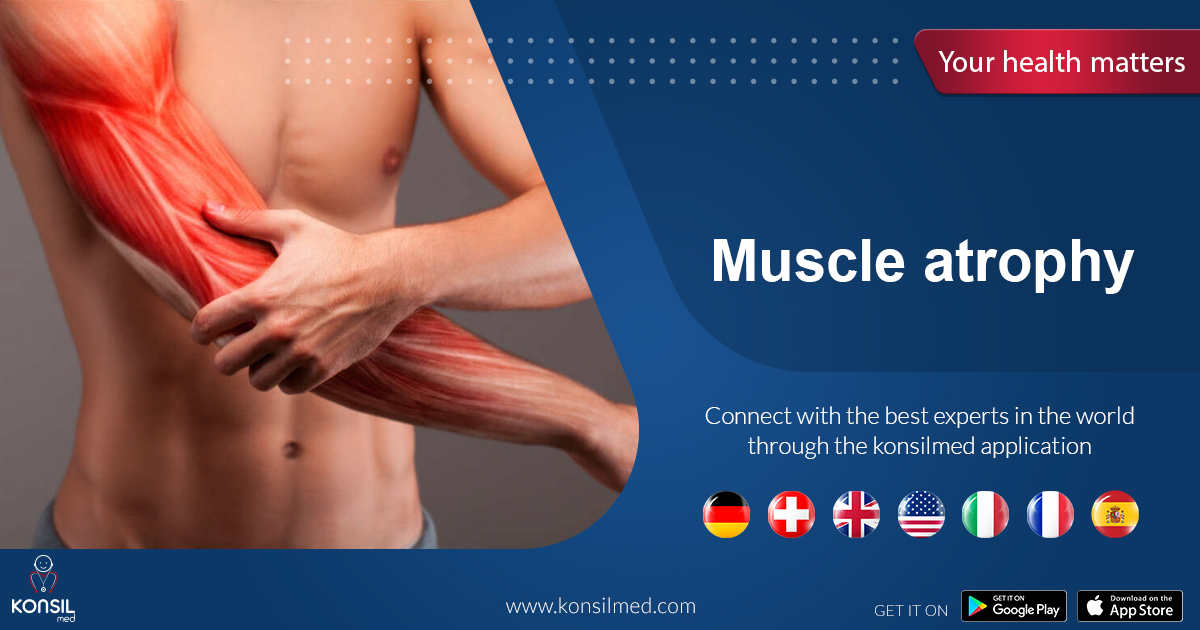
Muscular atrophy is a medical condition that affects the muscles in which muscle tissue is gradually lost and the muscles become smaller over time, due to things such as poor nutrition, genetics, or lack of physical activity.
Muscle atrophy often affects the body when a person stops doing any physical activity, or even when he remains bedridden for prolonged periods as a result of contracting a disease or being exposed to an accident.
Symptoms of muscular atrophy
The symptoms appearing in a patient with muscular dystrophy depend on the severity of the condition and its main cause. These are some of the symptoms that may appear:
*Problems and difficulties in physical balance.
*Feeling weak and general weak.
*Feeling that one hand or foot is noticeably smaller than the other.
*Inability to engage in physical activities for extended periods of time.
*Balance problems, difficulty walking, and falls.
*Difficulty speaking and swallowing.
* Weakness in the face.
*Loss of muscle coordination.
*Numbness or tingling in the arms or legs.
*Gradual loss of movement.
*Weakness and gradual numbness in the legs.
Causes of muscular atrophy
Many factors play a major role in the development of muscular dystrophy, the most important of which are:
1. Genes and heredity
Spinal muscular atrophy is primarily a hereditary disease that causes the loss of nerve cells responsible for movement and atrophy of muscle tissue.
Here, it is worth mentioning what is called muscular dystrophy, which is a condition that includes a group of different diseases that cause loss of muscle mass, muscle weakness, and atrophy.
2. Malnutrition
Malnutrition can stimulate the emergence and emergence of a group of diseases, including muscular dystrophy, and diets poor in proteins, fruits, and proteins may cause muscle atrophy in particular and loss of muscle mass.
The cause of malnutrition may not be a poor diet, but rather the cause may be a group of diseases that affect the body's ability to absorb and benefit from various nutrients, especially: cancer, irritable bowel syndrome, celiac disease, and wasting.
3. Various diseases
There are many diseases that may contribute to muscular dystrophy, the most important of which are:
*Amyotrophic lateral sclerosis.
*Myositis.
*arthritis.
*poliomyelitis.
* Multiple sclerosis.
*Rheumatoid arthritis.
* Exposure to an injury such as a broken arm or leg that must be immobilized.
*Inflammation of the skin and muscles.
4. Getting older
As we age, the body begins to produce smaller amounts of proteins, which usually contribute to increasing muscle size, maintaining health and maintaining muscle tissue strength.
As the amounts of proteins in the body decrease, muscle cells begin to shrink in a condition called sarcopenia, which usually causes the following symptoms: movement problems, balance problems, and fertility problems.
5. Neurological problems
Many neurological problems may cause an imbalance in the ability of the nerves responsible for controlling muscle movement, which prevents muscle contraction and relaxation because no nerve signals reach the muscles, and over time this causes muscle atrophy.
6. Other reasons
The following factors may also increase the chances of developing muscular atrophy:
*Being in places characterized by a low level of gravity, such as in the cases of astronauts.
* Bed confinement due to an illness or paralysis of the limbs resulting from a clot or stroke.
*Sitting for long periods, especially by people who work in office jobs.
*Exposure to burns.
Treatment of muscular dystrophy
There are several options for treating muscular dystrophy, which depend largely on treating the condition that was the main cause of muscular dystrophy. These are the most important treatments offered:
*Physical physical therapy: especially for people who suffer from paralysis or movement problems that were the cause of muscle atrophy.
*Surgery: This is a treatment option offered to those suffering from nerve problems or injuries that caused muscle atrophy.
*Functional electrical stimulation: This type of treatment helps stimulate muscle contraction and relaxation.
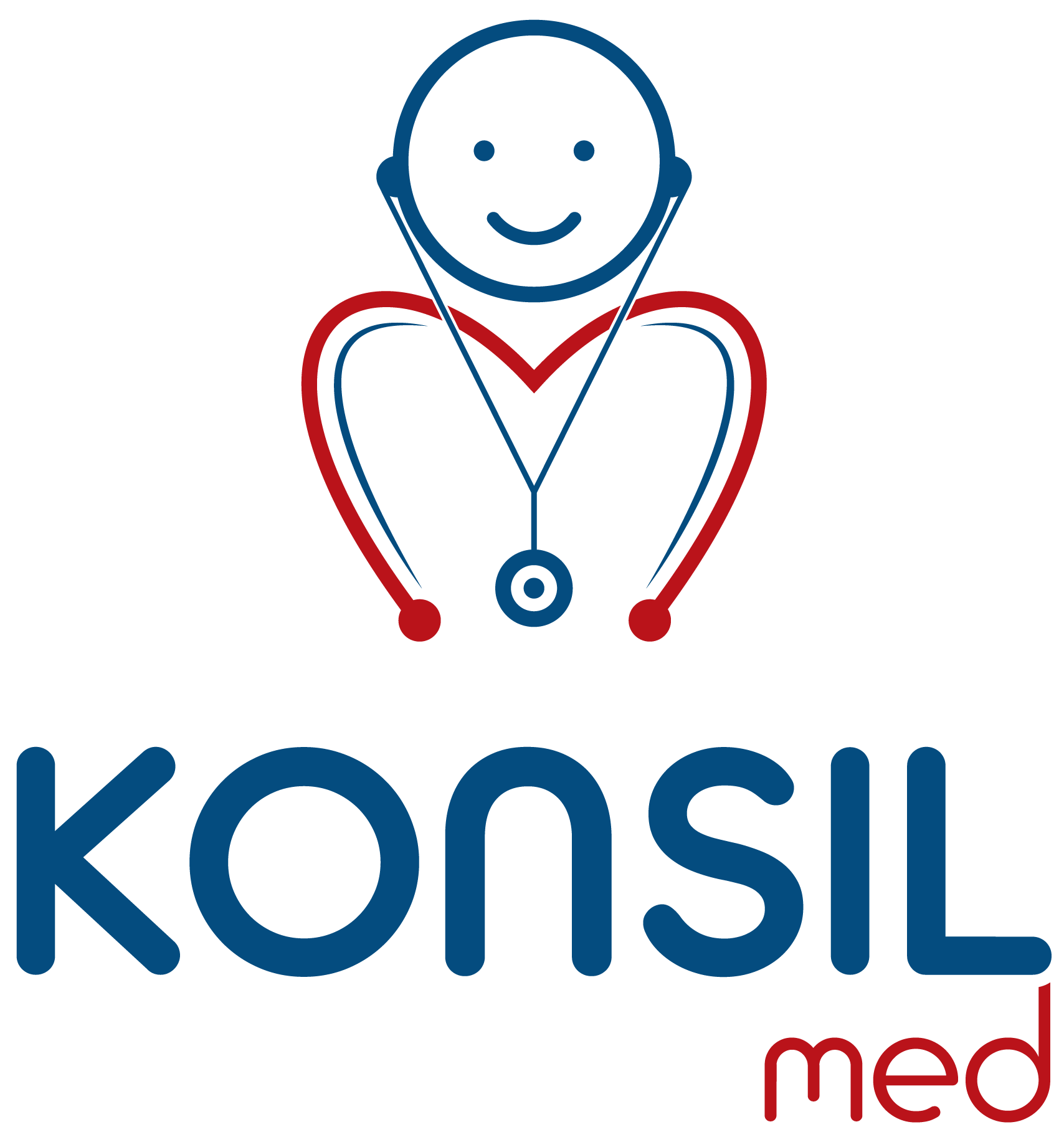






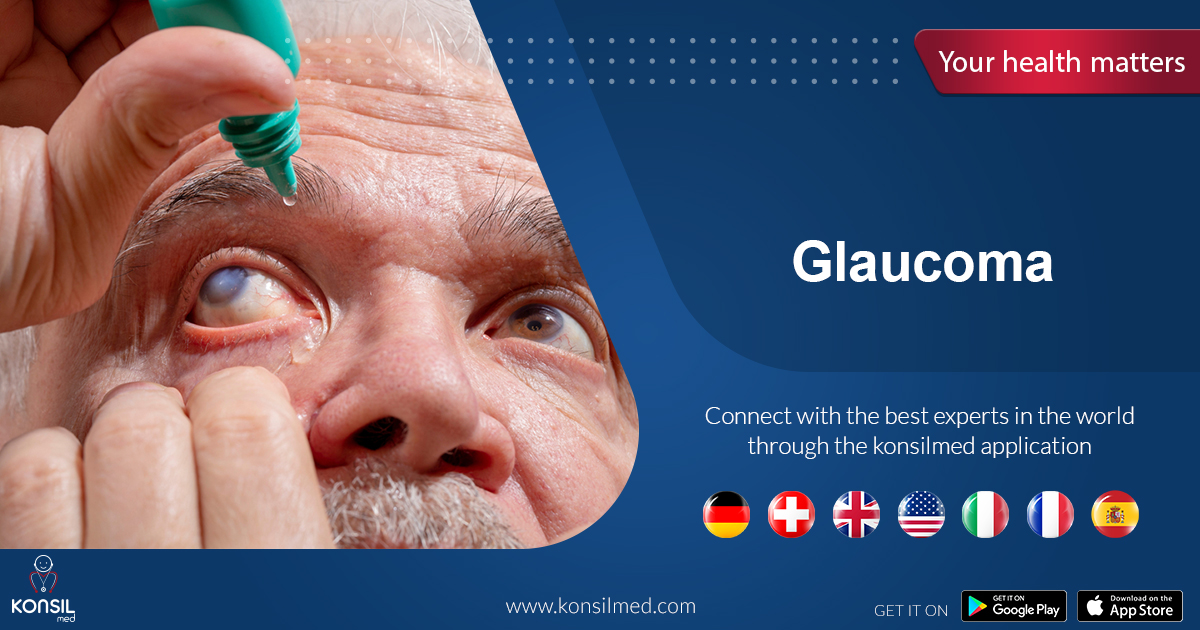


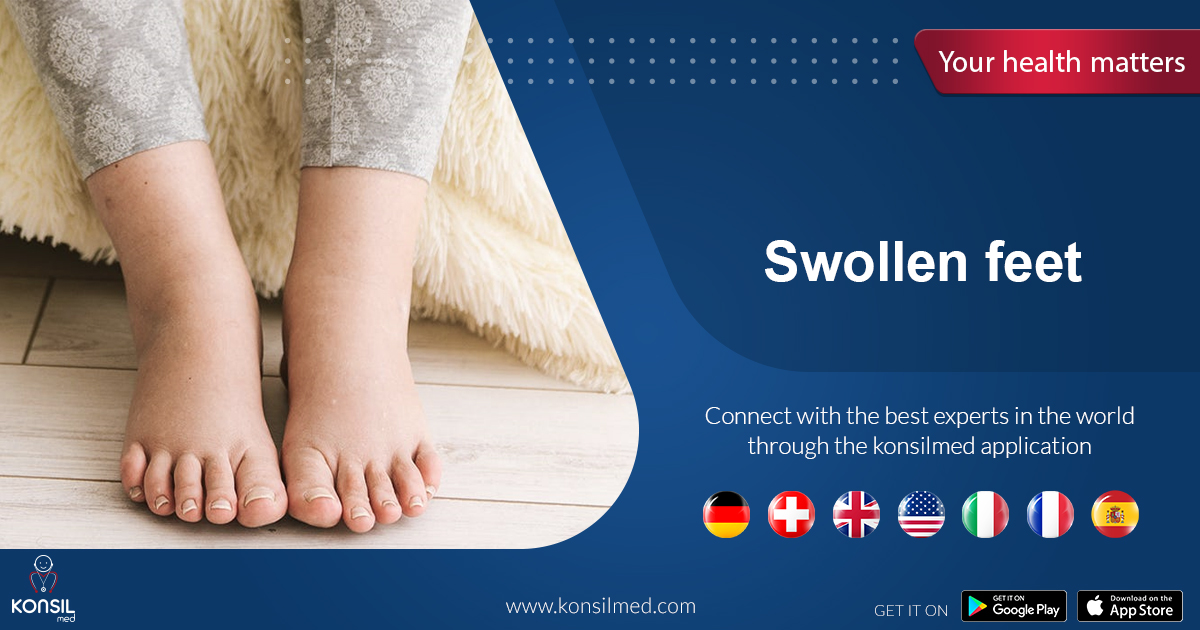
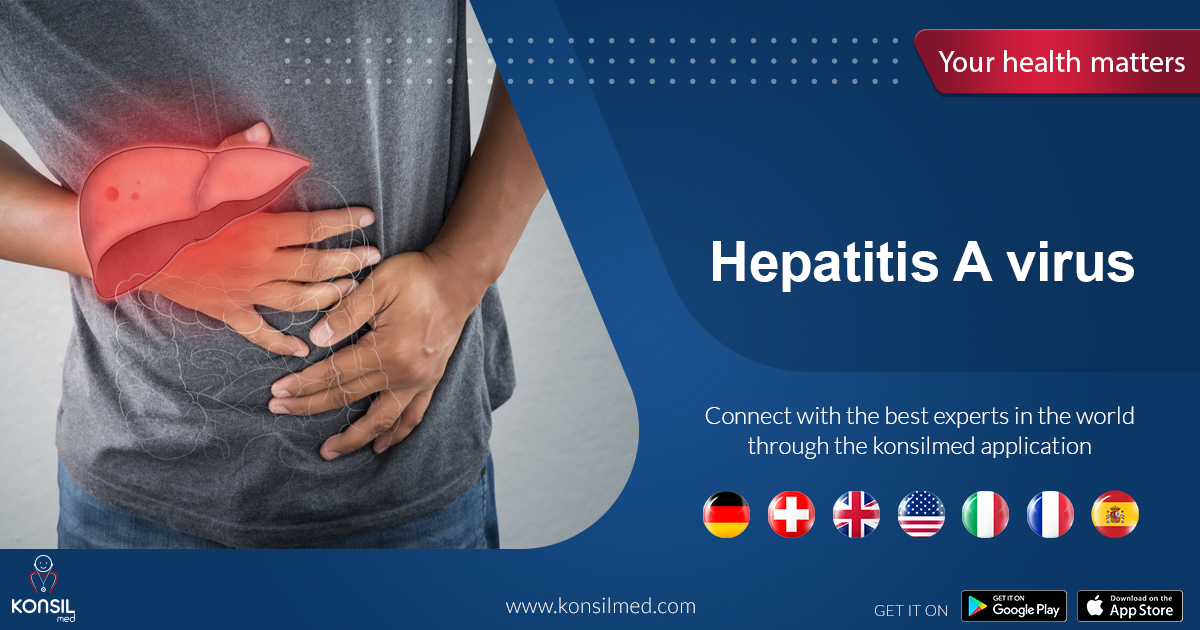

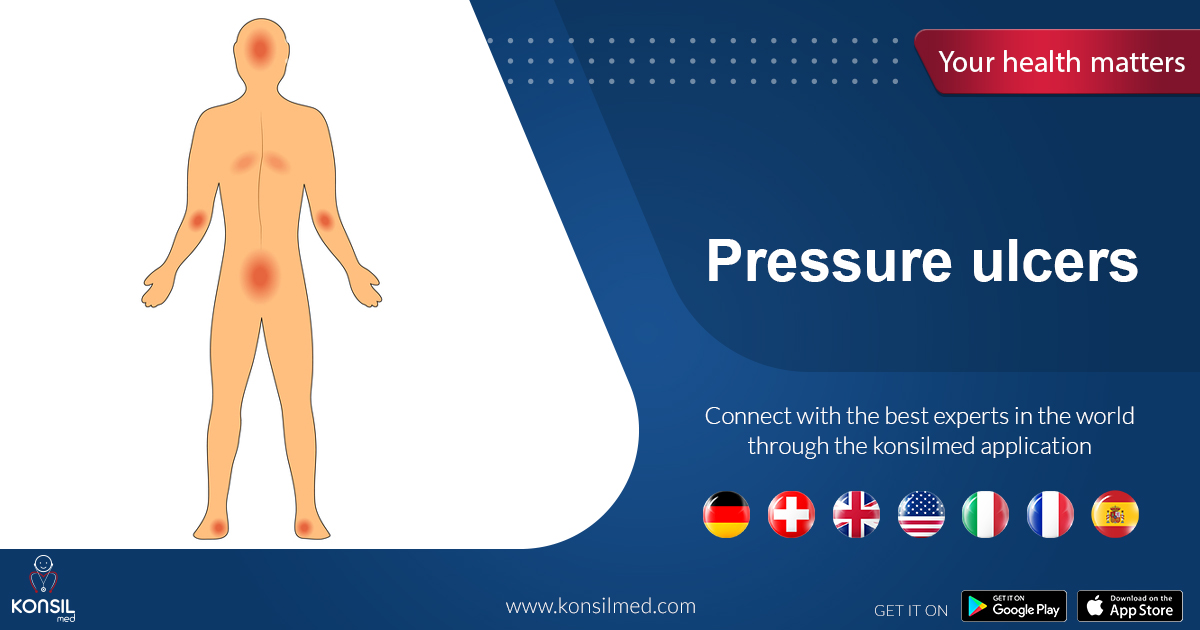

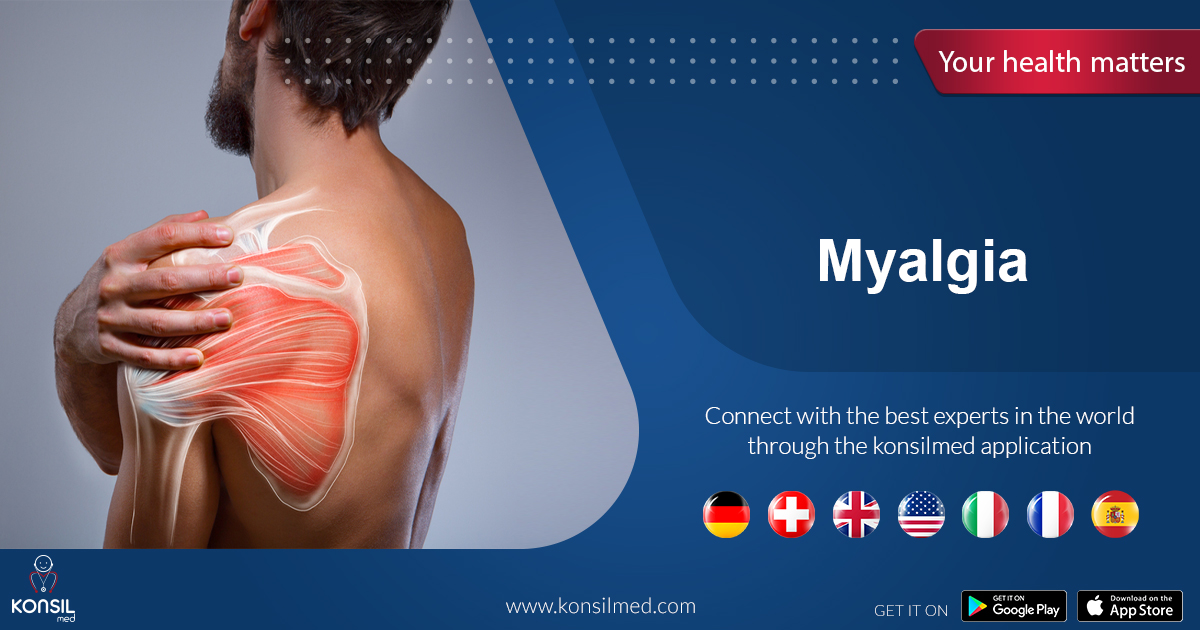

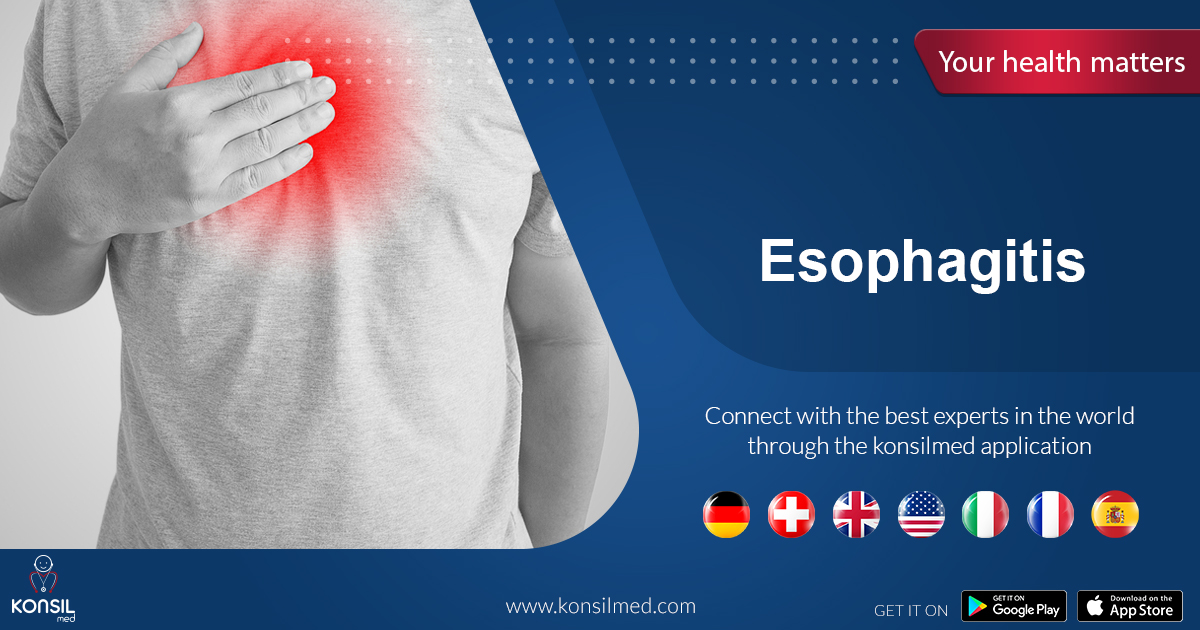
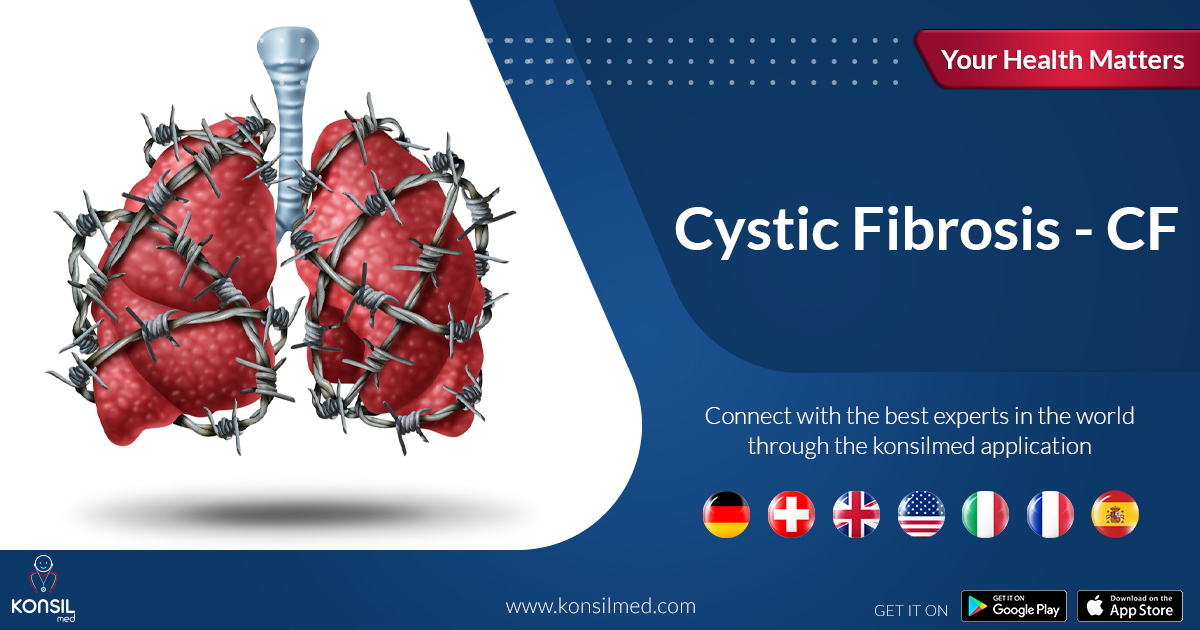
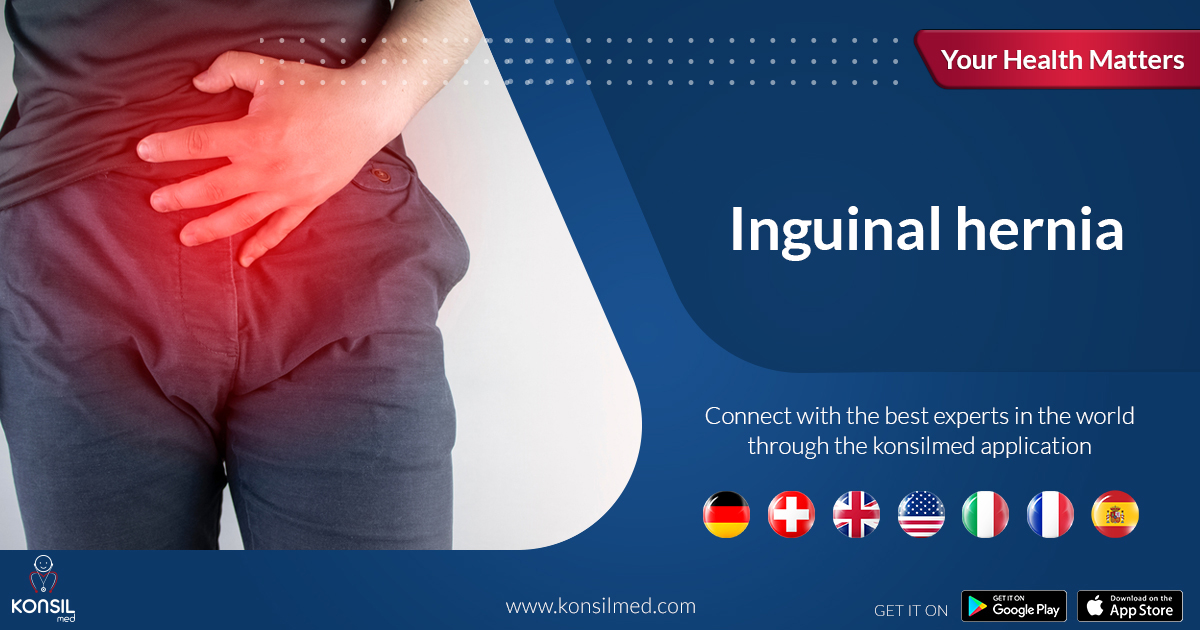


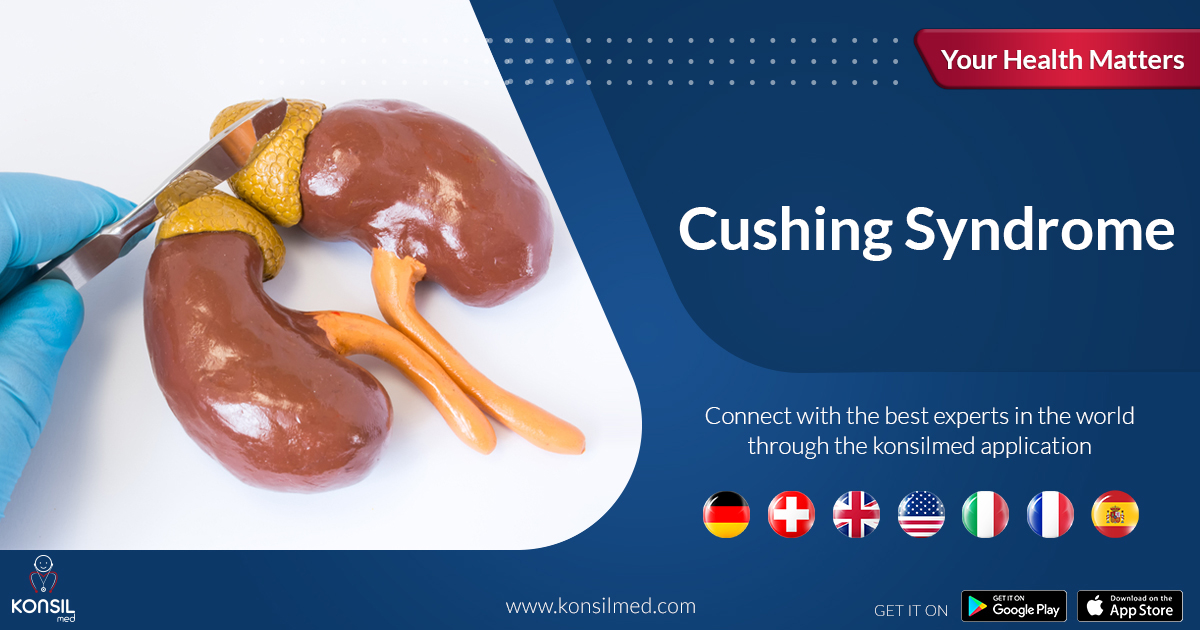
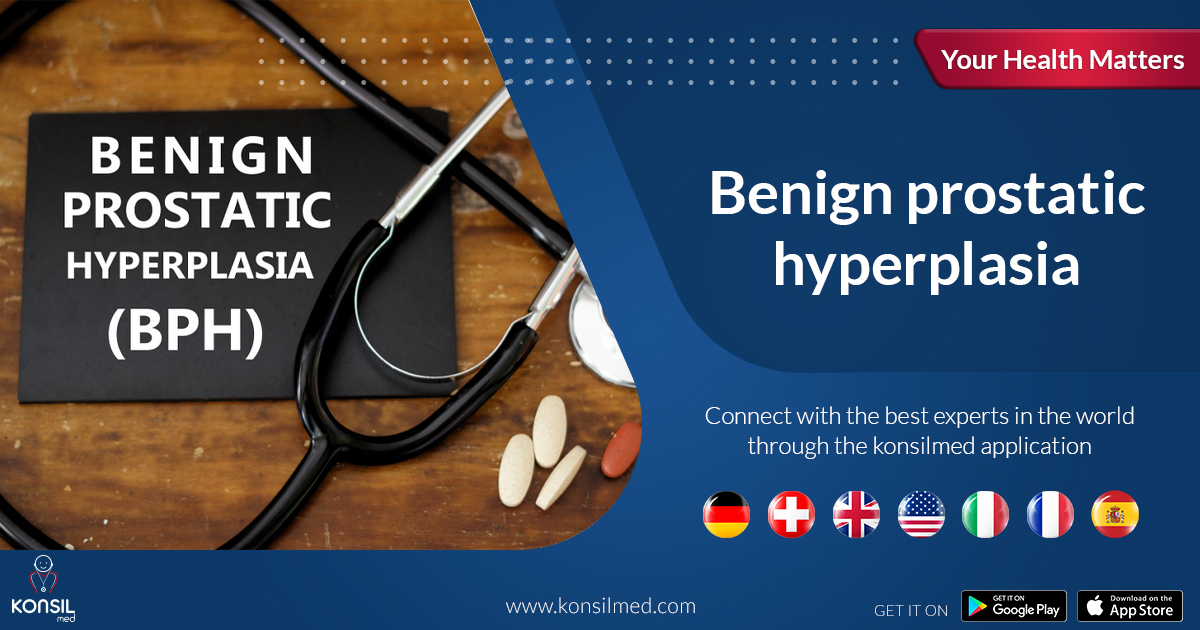


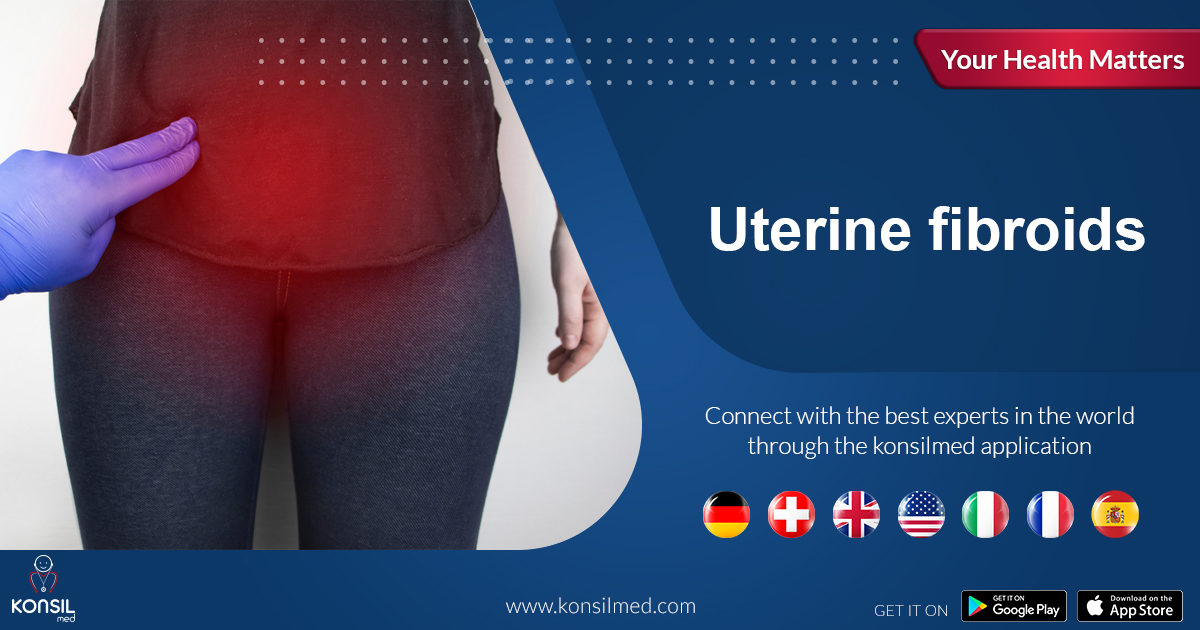













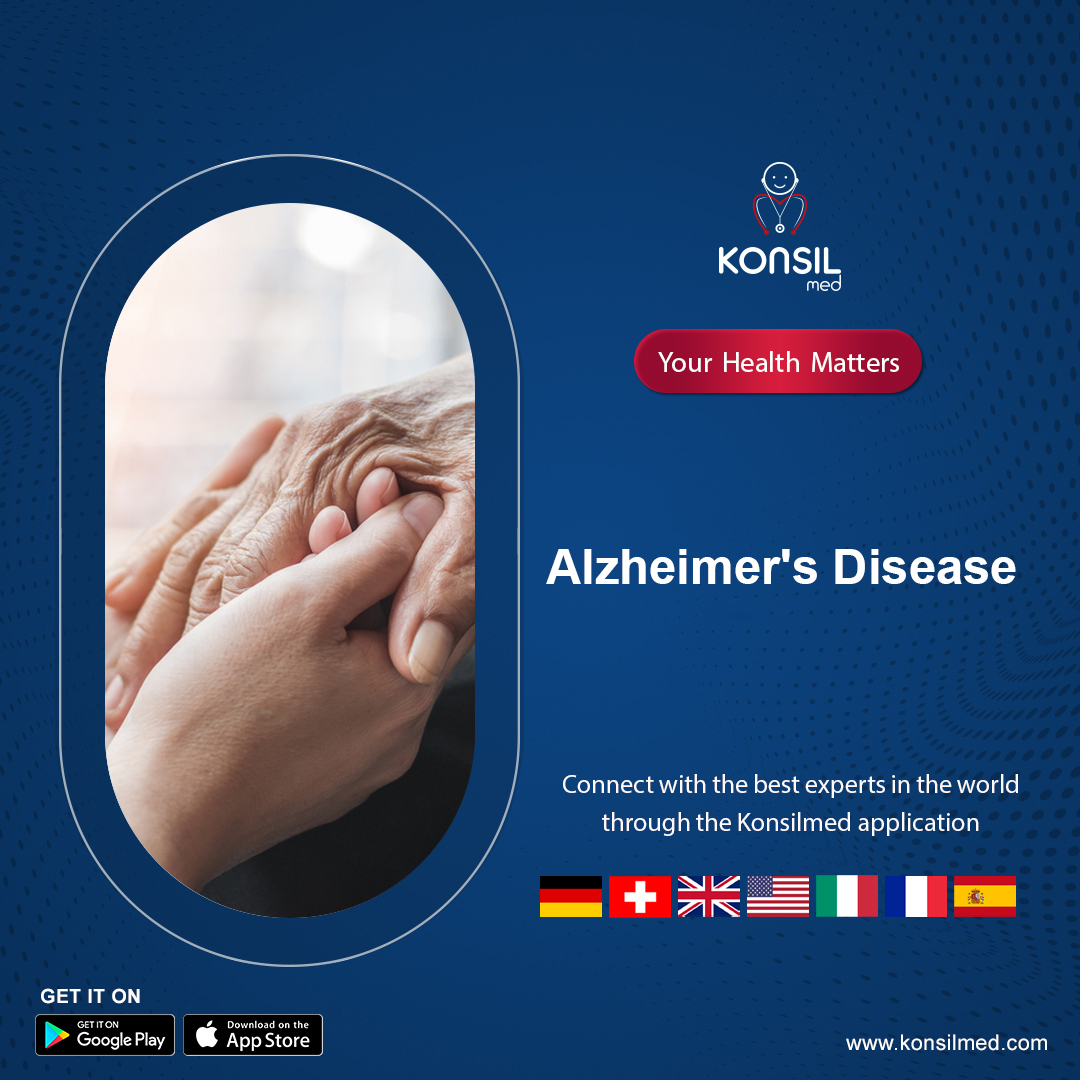

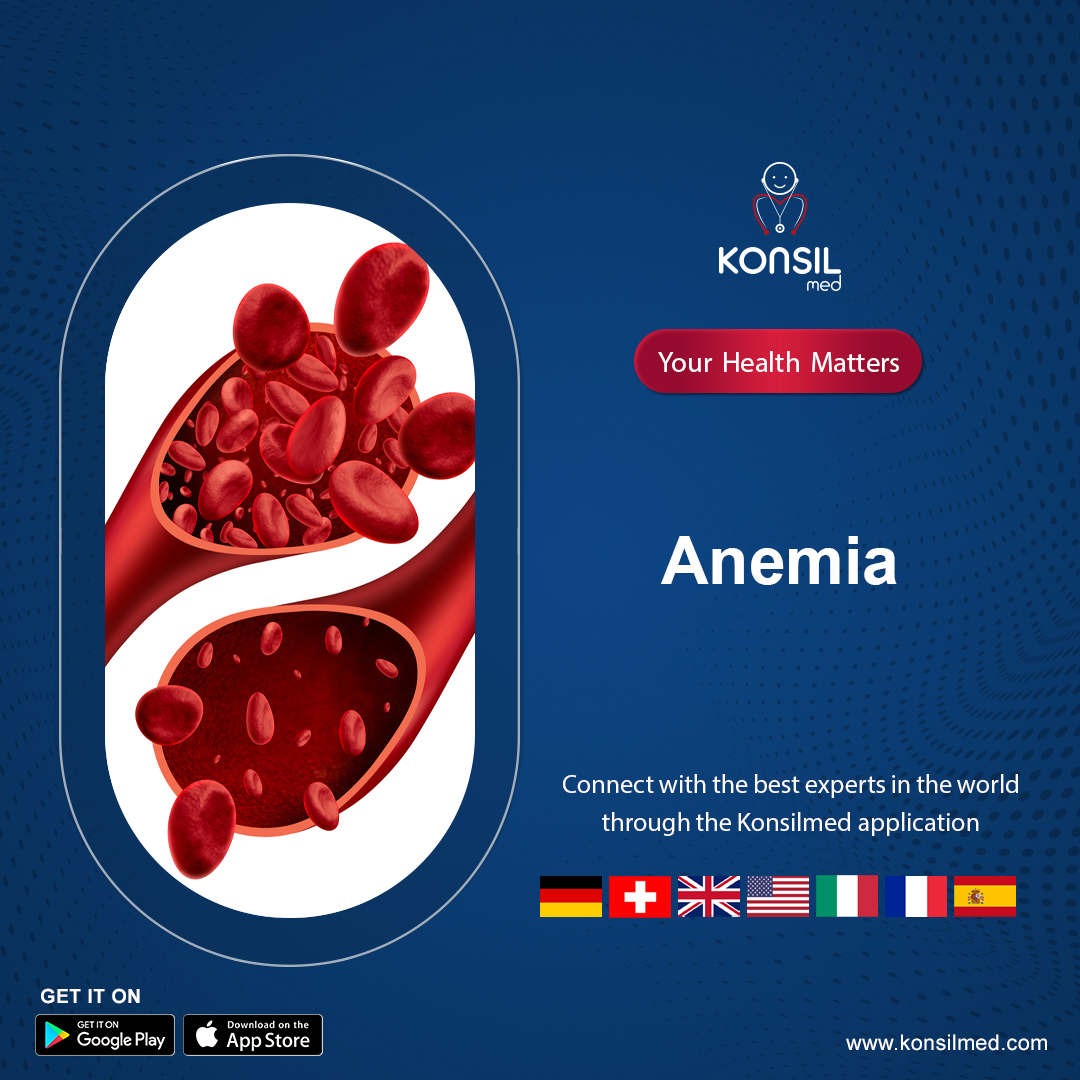


















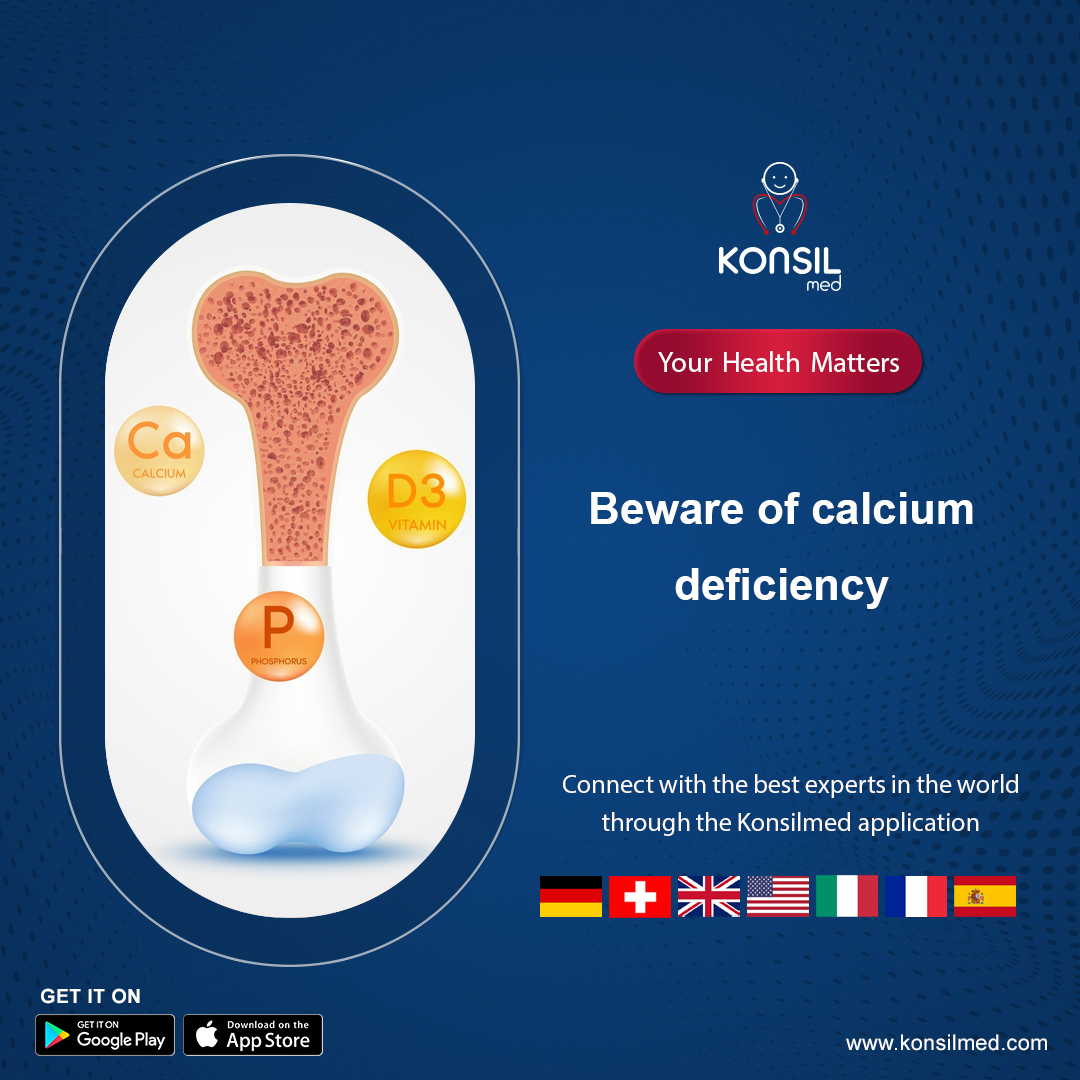


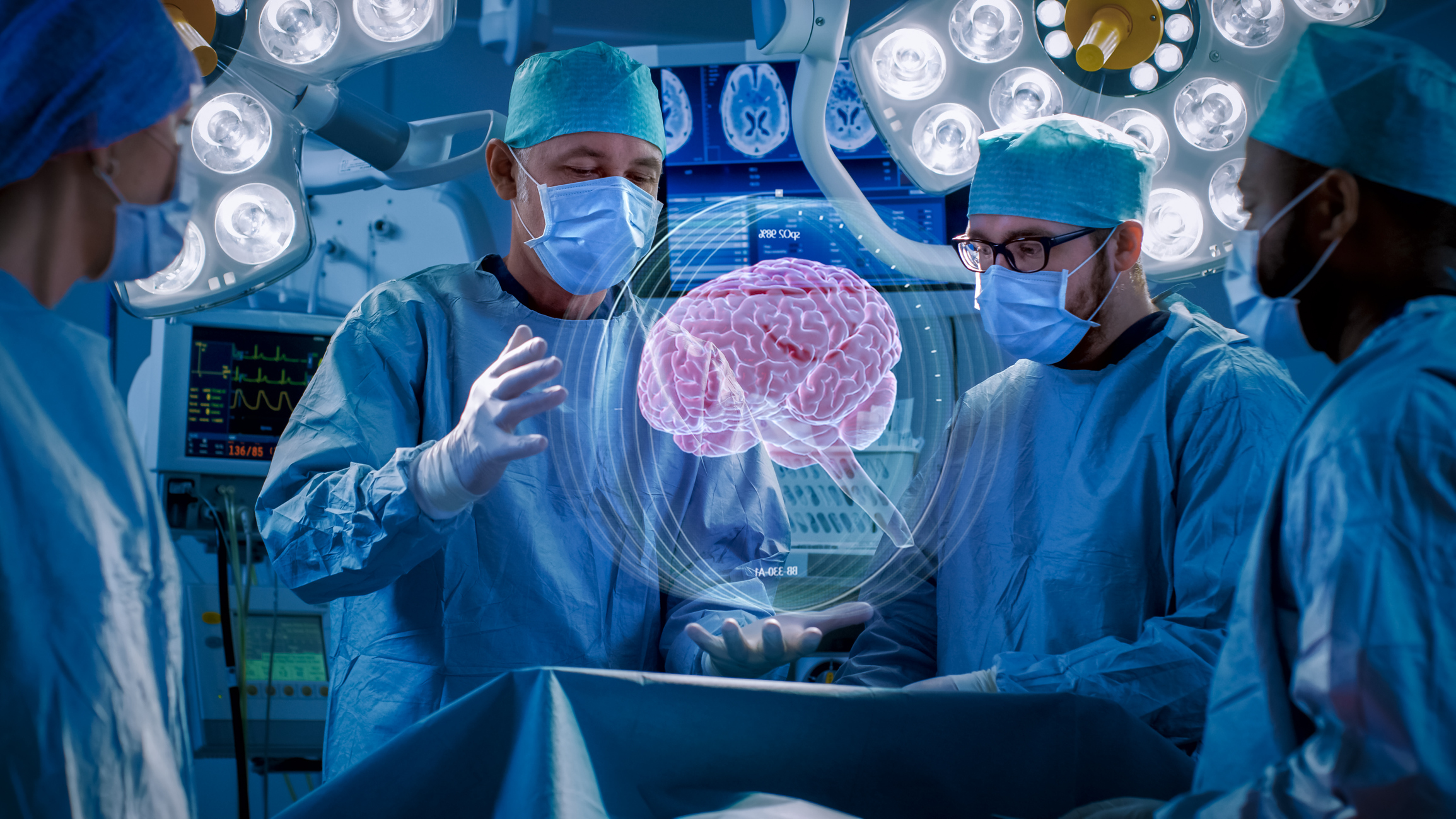


.jpg)
.jpg)